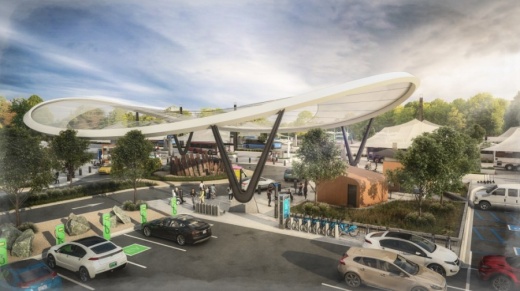In May, Cap Metro staff adjusted their initial plans for the plan, called Project Connect, to add a light rail line running from Austin Community College’s Highland campus in North Central Austin to South Austin to replace what was initially planned as a bus route. Additionally, staff nixed $380 million of planned work on the existing MetroRail, the Red Line, because there would not be enough of a gain in ridership to justify the cost.
The effect of those changes on the cost estimate of the project were not available until May 22, when Project Connect Program Manager Dave Couch presented them to the Capital Metro board. According to Couch, switching the Gold Line from bus to rail would add $500 million to the project.
After factoring in the cost savings from the MetroRail work that will no longer happen and the amount slated to be paid for by the federal government, the local cost estimate rose about $60 million due to the changes proposed in May.
Previously, staff estimated the total cost of the project would be $9.6 billion, with about $5.6 billion to be paid locally. While the financing method has not been finalized yet, numbers presented in March show tax increases could vary from $18-$37 per month for the median homeowner of a $325,000 property.
While city and Capital Metro staff will present updated financial models June 10, the Capital Metro board and Austin City Council will not make any decisions at that meeting about how to pay for the project. Instead, the two governing bodies will be deciding which elements of the plan they want to build and move forward.
“There is zero money connected with any decision on June 10,” Capital Metro CEO and President Randy Clarke said.
The Gold Line is one of three light rail lines in the Project Connect plan. The Blue Line would connect downtown Austin to the Austin-Bergstrom International Airport, and the Orange Line would run north-south—initially, between the North Lamar Transit Center and the intersection of South Congress Avenue and Stassney Lane, with a second phase planned to extend that route to Tech Ridge and Slaughter Lane.
Both the Orange and Gold lines would run from downtown to South Congress, while the Orange and Blue lines would connect from downtown to North Lamar, an area Couch called Austin’s “core of the core.” The “interlining”—or running multiple train lines—in those areas would allow Capital Metro to provide service every 5 minutes in the densest areas of the city.





